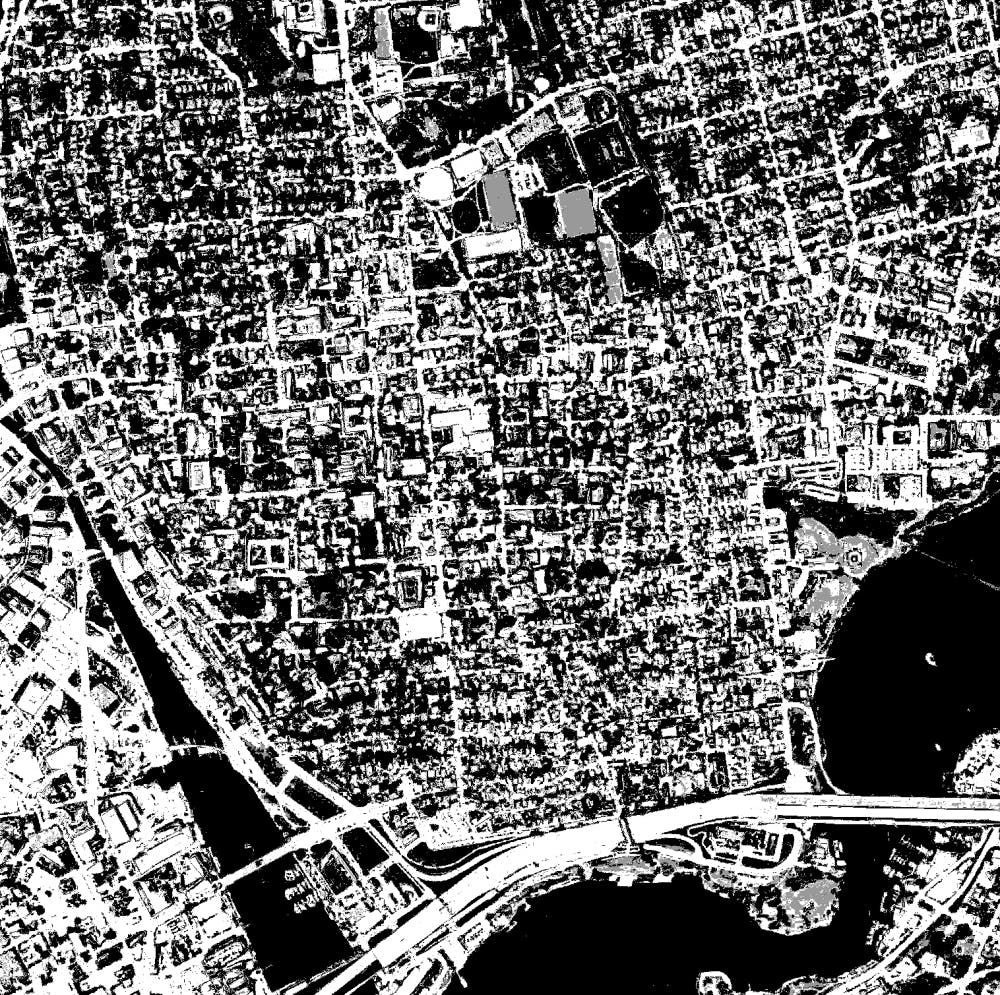An ordinance being considered by the City of Providence could make big house parties a thing of the past on College Hill.
According to the proposed ordinance, off-campus single-family housing would be limited to three college undergraduates per residential unit. The amendment, which is now under consideration in the City Council Committee on Ordinances, specifically targets rented properties with single-, two- or three-family homes within certain types of residential districts.
The ordinance proposal also requires universities or college educational facilities to submit a statement detailing the number of students who are living off-campus, the behavioral expectations for those students and procedures for keeping undergraduates accountable for following city ordinances.
“A lot of this arose out of two houses on Keene Street,” said Sam Zurier, former Providence City councilman representing College Hill, explaining that the houses’ neighbors discovered that a six-bedroom house was being leased to 13 students, “which just didn’t make sense.”
Current Providence City Councilwoman Helen Anthony, representing much of the University’s campus and surrounding College Hill, supports the ordinance. She is especially in favor of the components that increase University oversight of students living off-campus.
“I don’t think anyone wants to limit students from living in those neighbourhoods. I do think they want to have students be respectful,” Anthony said. “If the students living in the residential neighbourhoods are not being respectful of the neighbors, … there needs to be some action taken by Brown in addition to action taken by the City.”
That said, the councilwoman stressed the University’s positive presence in the neighborhood. “I think the Brown students are a wonderful addition to our neighborhood,” she said.
The ordinance’s impact would extend beyond student life — potentially influencing the costs of living for all residents on College Hill. As student enrollment has increased over the past few decades and more and more students have moved off campus, there has been heightened tension between Brown and its neighbors, Zurier said.
In addition to new luxury apartments like 257 Thayer, student housing is expanding into family-style homes off Thayer street — and driving up their rents. College students tend to rent in groups of two or more rather than by themselves, which allows landlords to charge higher rates per unit, said Peter Asen ’04, director of strategy and development at Providence Housing Authority. This relationship between college students and rental prices contributes to the expensive market in the area, which makes College Hill especially inaccessible to low-income prospective renters.
The East Side, where the University is located, has historically high housing prices — and those prices have been increasing. Without factoring in the East Side, the median single-family home in Providence costs $168,000, and the average two-bedroom unit rent is $1,289 per month, according to the Rhode Island Housing Works 2018 Factbook. When looking at the East Side alone, the median single-family home price rises to $570,000 and average two-bedroom rent increases to $1,532. Rents on the University’s side of the river have also increased nine percent between 2012 to 2017.
“The rental cost is so high the amount we can pay (through housing vouchers) just isn’t enough,” Asen said.
Asen also mentioned the importance of increasing availability of affordable housing throughout the city in accordance with Section 8 program goals, which include deconcentrating poverty and increasing access to housing in higher-opportunity areas.
“Personally, as an alum, I do feel that it’s important for Brown and other institutions to be aware of the impact that they are having on the cost of housing in the city and try to be part of the solution,” he said.
The University is working to address issues related to its economic impact in the area, wrote Director of News and Editorial Development Brian Clark in an email to The Herald.
“Brown is in conversation routinely with local neighbors and community organizations about off-campus housing. Much of that conversation focuses on encouraging mutual respect and communication among students and their neighbors in Providence,” Clark wrote. “Planning for Brown’s evolving campus is a process that happens continually, and that process carefully considers opportunities for on-campus housing options, which can in turn reduce demands on the external housing market.”
“Brown is wonderful,” Anthony said, “I think they’re great partners in everything we do in the city. They’re a powerful force. Anything that they can do to help us with the affordable housing issue is certainly welcome and encouraged.”
This article appeared in print under the headline "Student housing shapes economics of College Hill."
An earlier version of this article quoted Providence City Councilman Sam Zurier referencing two houses on King Street. In fact, he referred to two houses on Keene Street. The Herald regrets the error.





